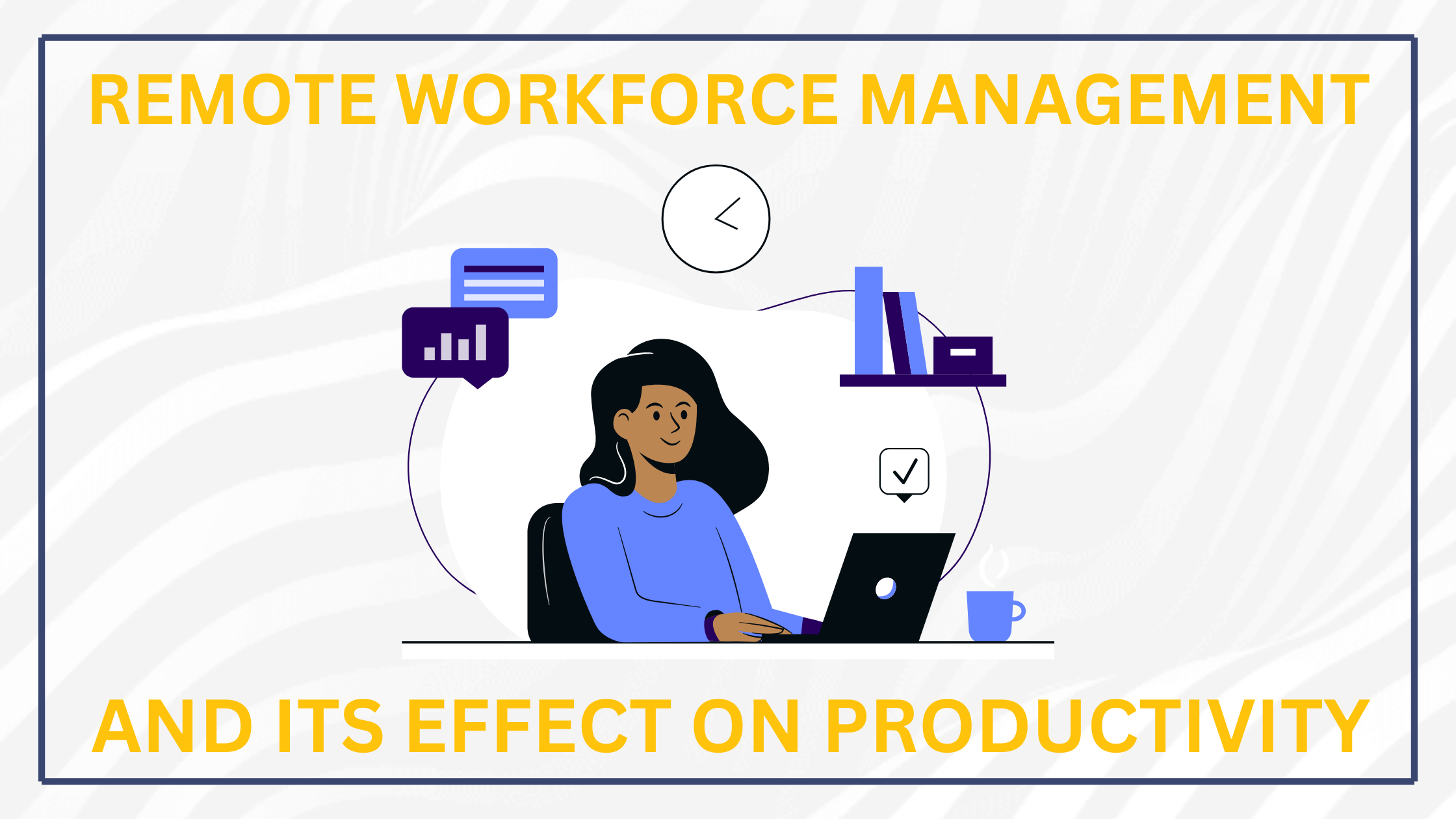Remote Workforce Management and Its Effect on Productivity
Effective remote workforce management can enhance employee engagement and boost productivity. As remote teams become more common, fostering teamwork, communication, and responsibility is crucial. Remote managers support their teams, build community, and improve performance.
This article will explore how remote managers can boost team productivity, making the transition to remote work more efficient and engaging.
1. Setting Clear Goals and Expectations
As a remote manager, setting clear goals using the S.M.A.R.T. criteria, involving your team in the process, and conducting regular check-ins are crucial. Ensure individual goals align with company objectives to foster productivity, accountability, and success. This alignment creates a robust framework that keeps everyone focused and drives results.
2. Maintaining Effective Communication
Effective communication is crucial for managing remote teams. Regular check-ins, video calls, and precise schedules help maintain open communication. Timely feedback is essential for employee growth, so recognizing achievements and providing support is critical.
Use tools like instant messaging, project management apps, and video conferencing to keep everyone connected. Fostering transparency and trust can boost productivity and engagement within your remote team.
3. Providing Necessary Resources and Support
Provide the necessary resources and support to keep your remote team productive and happy. Identify their needs, invest in quality tools, and ensure reliable technical support. Offer training on essential tools, company policies, and remote work best practices while fostering ongoing learning and teamwork.
Additionally, prioritize emotional and social support by promoting work-life balance, team spirit, and access to mental health resources. Focusing on these areas will help your team thrive in a positive remote work environment.
4. Encouraging Work-Life Balance
To effectively manage a remote team and maintain employee health and productivity, focus on key strategies: promote flexibility with adjustable work hours, set clear expectations for goals and responsibilities, and assist with task prioritization using time management tools.
Regular check-ins can help monitor workloads. Encourage breaks and healthy habits to enhance focus and creativity, and celebrate achievements to inspire your team. These strategies foster a positive work environment, leading to happier, more motivated employees.
5. Fostering Team Collaboration and Cohesion
To enhance teamwork in a remote setting, prioritize strong connections within your team. Organize team-building activities, workshops, and online meet-ups to foster collaboration. Utilize platforms like Slack or Microsoft Teams for effective communication and project management.
Form cross-functional teams and maintain open communication to ensure smooth collaboration. Encourage open discussions, celebrate successes, and promote inclusivity. These strategies cultivate a supportive work culture that boosts productivity and innovation.
The Impact of Remote Workforce Management on Employee Output

At SupportZebra, we focus on remote workforce management, specifically for the eCommerce and SaaS industries. Our flexible customer support teams improve efficiency and can cut labor costs by as much as 50%.
We bridge cultural gaps, particularly with Filipino teams, building strong relationships and a supportive work atmosphere. Our proactive leadership and ongoing training ensure that your remote staff feel like essential members of the team.
Choose SupportZebra as your ally for successful remote workforce management. Contact us today to learn how we can enhance your productivity.

